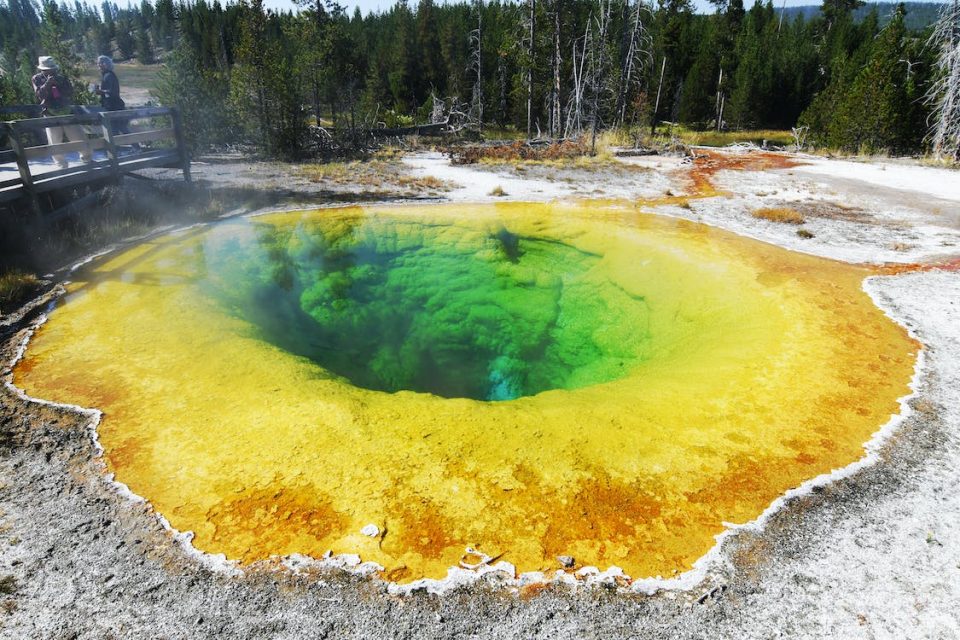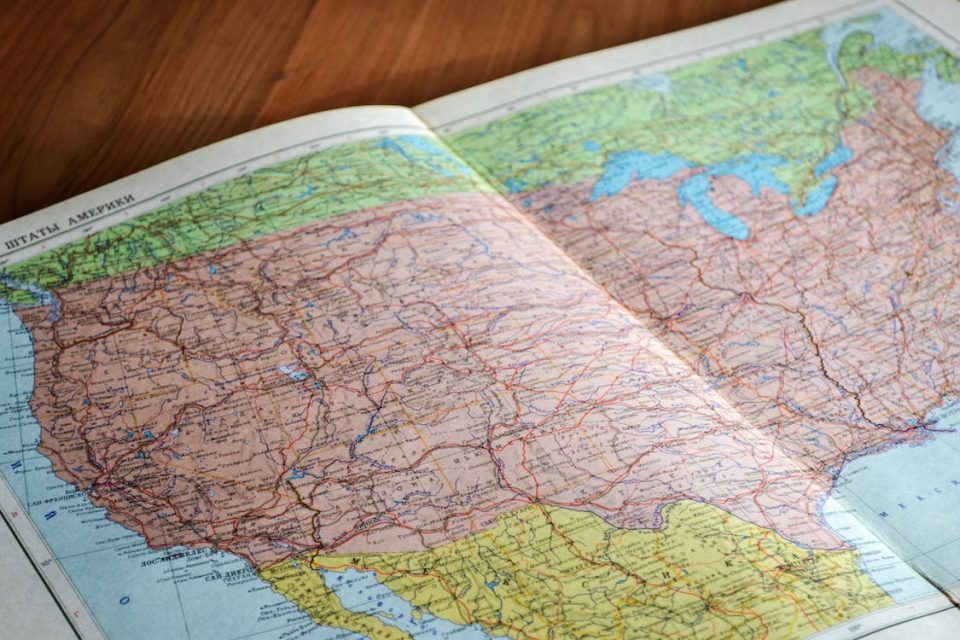
Plate tectonics is a geological theory that explains the movement and formation of Earth’s crustal plates. According to this theory, the Earth’s lithosphere, or the rigid outer shell of the Earth, is divided into several large plates, which move relative to each other. The theory of plate tectonics is supported by several lines of evidence, including the distribution of earthquakes and volcanoes, the shape and depth of the ocean floor, and the study of paleomagnetism.
One of the key processes that contribute to plate movement is seafloor spreading. Seafloor spreading is the process by which new oceanic crust is formed at mid-ocean ridges, where tectonic plates diverge, and older crust is destroyed at subduction zones, where one plate moves beneath another. This process is driven by mantle convection, which is the movement of hot, molten rock in the Earth’s mantle.
The process of seafloor spreading begins at mid-ocean ridges, which are underwater mountain ranges that run through the middle of the ocean basins. At these ridges, tectonic plates move apart from each other, creating a gap or rift in the ocean floor. As the plates move apart, magma from the mantle rises up to fill the gap. This magma is hot and liquid, and it quickly cools and solidifies as it comes into contact with the cold seawater, forming new oceanic crust.
The newly formed oceanic crust is pushed away from the mid-ocean ridge by the movement of the tectonic plates. As the oceanic crust moves away from the ridge, it cools and contracts, becoming denser and heavier. This causes it to sink deeper into the ocean, creating a depression or valley in the ocean floor called an abyssal plain.
As the oceanic crust moves away from the mid-ocean ridge, it also moves away from the adjacent tectonic plate. This creates a boundary between the two plates called a divergent boundary. Divergent boundaries are characterized by volcanic activity and earthquakes as magma rises to the surface and new crust is formed.
The process of seafloor spreading also contributes to plate movement through the mechanism of slab pull. Slab pull is the force that drives the motion of tectonic plates at subduction zones. Subduction zones are areas where one tectonic plate moves beneath another, usually at a convergent boundary. As the denser oceanic plate sinks beneath the less dense continental plate, it creates a trench on the ocean floor and causes earthquakes and volcanic activity.
As the oceanic plate sinks deeper into the mantle, it pulls the rest of the tectonic plate with it, creating a force that pulls the plate towards the subduction zone. This force is called slab pull, and it is one of the primary driving forces behind plate movement. The other primary driving force is ridge push, which is the force created by the elevated topography of the mid-ocean ridge.
The combined effect of ridge push and slab pull creates a convection current in the mantle that drives plate movement. As the oceanic crust moves away from the mid-ocean ridge and towards the subduction zone, it carries with it the rest of the tectonic plate. This movement creates a cycle of seafloor spreading, subduction, and plate movement that is responsible for the dynamic nature of the Earth’s crust.
In conclusion, the process of seafloor spreading is a key contributor to plate movement in the theory of plate tectonics. The formation of new oceanic crust at mid-ocean ridges and the destruction of old crust at subduction zones create a cycle of plate movement that is driven by the convection currents in the mantle. The forces of ridge push and slab pull combine to create a convection current that drives the motion of tectonic plates, which is responsible for a variety of geologic phenomena, such as earthquakes, volcanic eruptions, mountain building, and the opening and closing of ocean basins.
The movement of tectonic plates is not uniform or continuous, but rather occurs in fits and starts over millions of years. Plate boundaries can be classified as divergent, convergent, or transform, depending on the type of movement that occurs between the plates. Divergent boundaries occur where two plates move away from each other, and are characterized by mid-ocean ridges and rift valleys. Convergent boundaries occur where two plates move towards each other, and are characterized by subduction zones, mountain ranges, and volcanic activity. Transform boundaries occur where two plates slide past each other, and are characterized by earthquakes and fault zones.
Seafloor spreading occurs at mid-ocean ridges, which are the most prominent and extensive divergent boundaries on the planet. These ridges run through the middle of the ocean basins and are characterized by a series of volcanic peaks and rift valleys that mark the boundary between the two diverging plates. The mid-ocean ridges are responsible for the creation of new oceanic crust, which spreads out from the ridge in both directions, and the growth of the ocean basins over time.
The process of seafloor spreading is also intimately connected to the formation of the Earth’s magnetic field. As the new oceanic crust is formed at mid-ocean ridges, it records the polarity of the Earth’s magnetic field at the time of its formation. This creates a pattern of magnetic stripes on the ocean floor, which can be used to reconstruct the history of the Earth’s magnetic field and the movement of the tectonic plates over time.
Seafloor spreading is not the only process that contributes to plate movement, however. Other processes, such as mantle plumes, continental collisions, and transform faults, also play important roles in shaping the Earth’s crustal plates. Mantle plumes are columns of hot, molten rock that rise up from the Earth’s mantle and can cause volcanism and uplift of the Earth’s crust. Continental collisions occur where two continental plates converge, and can lead to the formation of mountain ranges and the fusion of two continents. Transform faults occur where two plates slide past each other, and can create strike-slip faults and earthquakes.
In conclusion, the process of seafloor spreading is a fundamental component of the theory of plate tectonics, which explains the dynamic nature of the Earth’s crustal plates. Seafloor spreading is responsible for the creation of new oceanic crust at mid-ocean ridges, the destruction of old crust at subduction zones, and the movement of tectonic plates through the forces of ridge push and slab pull. Seafloor spreading is intimately connected to the Earth’s magnetic field and provides important insights into the history of the Earth’s crustal evolution.







